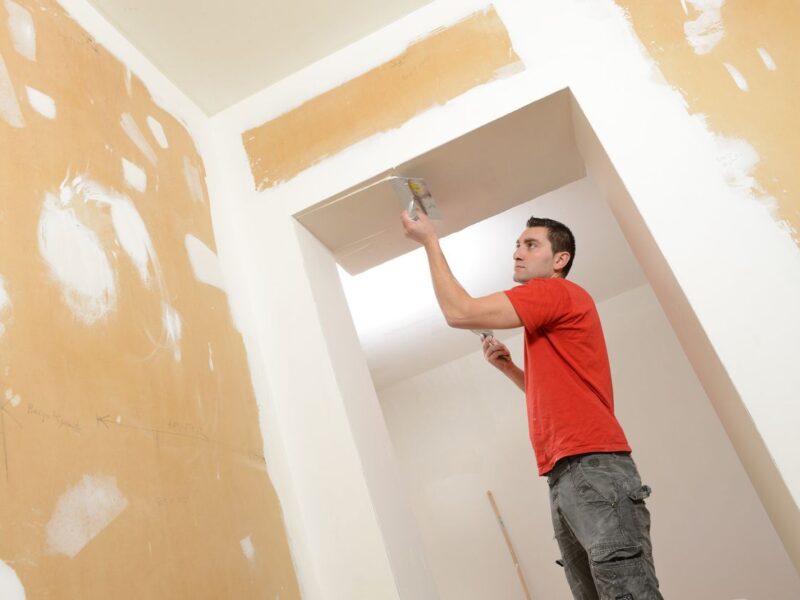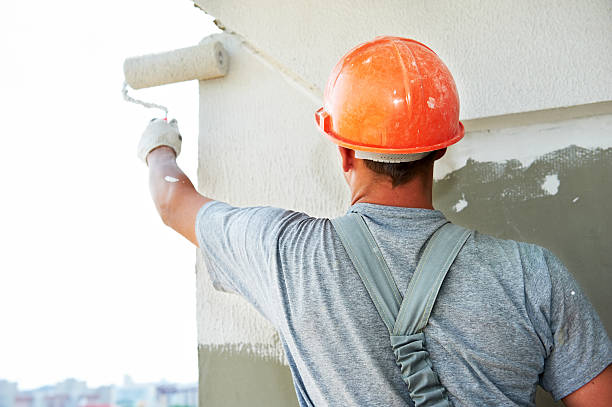Tiling is one the easiest DIY projects you can do, and I have done my share of it. Here are my tips, lessons learned, and some of the tricks I used.
Calculating How Many Tiles You Will Need
Running out mid-project is one of the most frustrating situations when tiling. Even worse is running out of tile when you only have three pieces. I still have one tile piece missing from our main bathroom, but that’s because I ran out!
You can calculate the square footage you need by measuring the area where the tile will be placed. You can then enter these numbers into Home Depot’s tile calculator. Select the size of your tiles, which will give you an exact number to fill that space. For pieces that must be cut or scrapped, I add 5-10%.
Begin In The Middle
You’ll find mixed reviews about this product on Google, but it is one that I will not compromise! My first few tiles are always placed in the middle of the wall. Here’s why.
It is not something I want. You’ve probably seen spaces with a full tile on one wall and a thin one on the opposite. This is a common mistake rookies make.
There are two ways to center your tile perfectly.
- Math. Math. This will be a fraction of an indentation, which is, IMHO a large margin of error.
- You will start tiling the wall in the middle! You can mark the halfway point of the wall by putting a grout line or placing a tile there. Next, work your way around. It would be best if you always cut each end piece from the same spot as the center of the wall. This should be done for the first few rows. Once you have a good idea of your cut (because you’ve measured it and repeated it several times), mass-cut the tiles to fit.
Pay attention to your corners!
Knowing how the corners meet when you do a brick or step design is essential. The picture below shows how each corner has a large and small tile, but they have different rows. It would be extraordinary if every line had instead of small-big and big-small, big-big and small-small.
Wash Your Tools
When you’re tiling, things can get really messy. To keep everything in check, make sure to regularly wash your tools. This is essential for your safety and well-being. Because I am usually in a rush and it feels impossible to take 2 minutes, I try to do this. It can make a big difference in your mental health and help you get a better result.
Prep Is Key
Nobody wants a crooked job on their tile, and nothing will make you feel like it was a huge waste of time as if you end up with tiles that aren’t level.
Do not assume your counter or floor is level. There are chances that it isn’t (especially not your floor!). Ledger boards are a great way to help you do this. A ledger board can be used as a temporary support to help you mark a tile line. It can be fixed with screws or nails (I prefer a finish nailer), and that will serve as the starting point for the tile. This will fix any unevenness that may occur in your home and give you a perfect tile line. !
Premixed products are THE BEST !
Premixed grout and adhesive are not only a cost-saving measure, they can also make your life easier.
Acrylpro has been my go-to for all things tile. It can be used over sheetrock and for intermittent water exposure (like shower walls). It is easy to clean up if there are any drops or smears.
I love Fusion Pro for grout! Mixing grout to the right consistency is one of the most difficult things DIY tilers have to deal with. It is important to mix the grout well, so it can be thick enough. These things can impact your job’s efficiency and the grout’s long-term durability.
Fusion Pro is a single-component product. This means it doesn’t need to be mixed (you don’t even have to stir it!). It doesn’t need to be sealed and has Microban to stop the growth of mold, bacteria and mildew. It comes in a variety of colors.
The Home Depot offers a great How-To guide for those who are just starting to tile. There is a guide for almost everything DIYable! You can find everything you need to tile from how do I install a tile floor. You can even watch a how to cut tile video! While I love learning as you go along, it is smart to have at least some basic knowledge.


